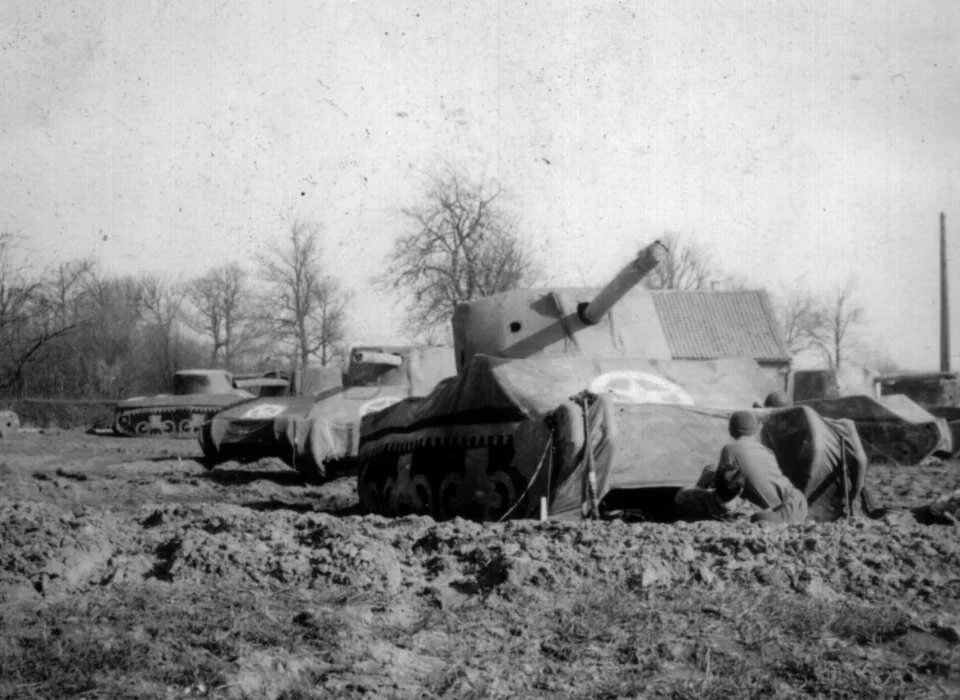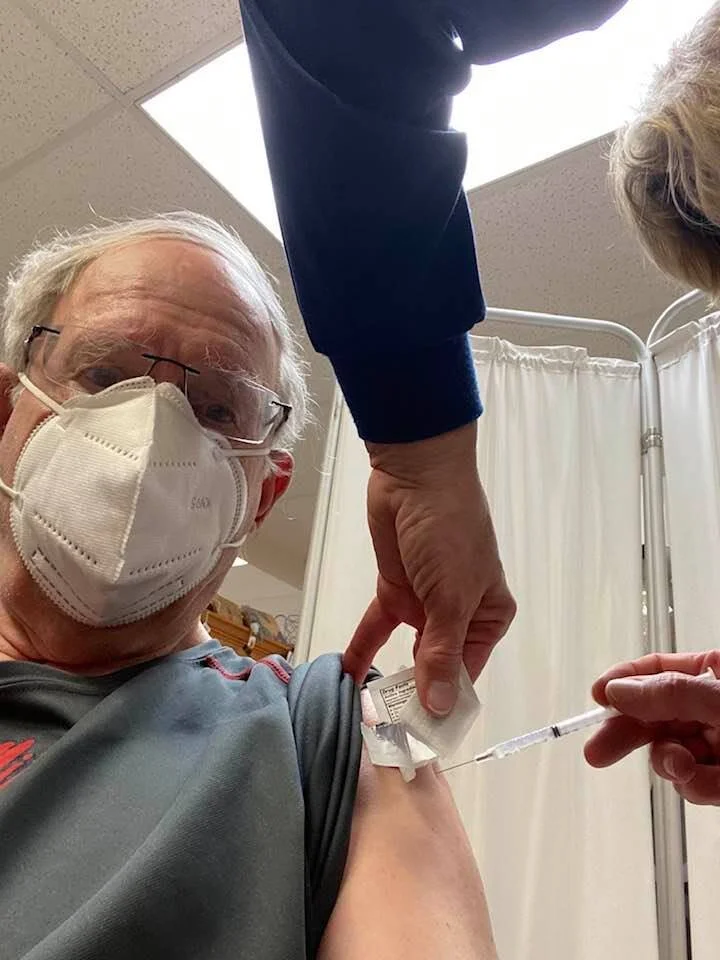On Monday, January 2nd, Buffalo Bill safety Damar Hamlin suffered cardiac arrest during a game against the Cincinnati Bengals. It was a tense and unnerving scene for both teams, fans, and viewers as medical professionals worked for nearly 10 minutes to stabilize Hamlin.
It was an organizational crisis that played out, in real time, on national television.
A crisis that required leaders to act quickly, smartly, and respectfully for this truly was a life or death situation.
Since this tragic event only 2 days into 2023, Hamlin has been released from the hospital and is in ongoing recovery. His coach Sean McDermott has been commended for his excellent leadership and decision-making in the immediate moments and days after the event.
McDermott and many others within the Bills organization stepped fully stepped into their leadership on that day. Their actions reminded us of our 3-step crisis leadership plan we have shared here on our blog, and in countless workshops.
Seeing this plan play out, in a real time, real life case study is an excellent way for other leaders to learn and see great leadership “in action.”
Here are a few of the crisis leadership highlights we found most compelling and inspiring on January 2nd, and since.
Step 1: Before the crisis - inoculate your organization
Build trust: A leader must demonstrate their commitment to ethics and organizational values in order to build trust with those they lead. Coach McDermott took over the Bills in 2017 and quickly brought the team back from a low point. During this this time he built deep trust and understanding with his players. When McDermott decided to end the game he had the full support of his team because they have come to trust him and his decisions.
How are you building trust with your team or organization?
Have a crisis action plan AND test it: The NFL has an emergency action plan and protocol of reviewing this plan which many fans may not even know about. This plan is enacted if a player undergoes severe trauma and is reviewed by the NFL and the NFL Players Association. Each team is required to practice their plan, they must identify a nearby level one trauma center, and discuss their plan 1-hour prior to kickoff. It is without a doubt that this plan AND the regimented testing, practicing, and reviewing of this plan is what saved Hamlin’s life. We hope that high schools and colleges consider implementing a very similar protocol for their sports teams, if they have not already.
Do you have a crisis action plan? Maybe you need more than one depending on your organization? Most importantly, are you testing and practicing it?
Step 2: During the Crisis - those nearest must act
Manage fears and emotions: We need more leaders with keen self-awareness and empathy. Coach McDermott and the Bills players all demonstrated incredible poise and respect during the critical 9 minutes that their friend and fellow player was being cared for by medics. Yes, emotions were visible AND very appropriate for the event that was unfolding before them. During press conferences following that day McDermott and quarterback Josh Allen shared their honest feelings and concerns for Hamlin while also remaining optimistic and hopeful. A leader with little self-awareness or empathy may ramble on about their fears for Hamlin’s future in football, the impact him missing may have on the team, and so forth. The Bills team has struck a perfect balance of honesty, empathy, and publicly airing their fears.
How might you best manage your fears and emotions during a crisis in your organization? Do you feel equipped to lead during such a stressful event?
Lead AND be seen leading: In a press conference Bengals quarterback Joe Burrow shared that he felt it important to let the Bills know how his team felt about Hamlin’s on-field emergency. He and the other Bengals captains took it upon themselves to meet with the Bills’ captains to discuss the situation. In the press conference he said, “nobody wanted to continue to play the game.” This act showed tremendous support for the Bills. Furthermore, Burrow and the other captains demonstrated true leadership, organizational values, and deep humanity to their team and the opposing team. Surely some trust-building happened in those moments!
How can you lead AND be seen leading in everyday moments in your team or organization?
Step 3: After the Crisis - learn and set a new course
Be aware of team’s psychological health: After all crisis leaders are responsible for ensuring their own and their team’s mental health. Providing the appropriate resources or tools to support recovery ensures that the individual and team as a whole can recover from the crisis as best they can. For McDermott, the Bills, and the entire NFL this may mean continually assessing players health. Or, involving them in any changes or adaptations that should be made to ensure that the best medical help and attention is available should they become injured. Ensuring physical and psychological safety is the leaders responsibility and critical for everyone to perform at their best.
Do you or your organizations have access to the appropriate resources needed after a crisis event? How can you create these resources or set up the connections so you have them should such an event occur?
Identify lessons learned: Smart organizations use all crisis as an opportunity to learn how they can do better in the future. And once identified, they must incorporate them into the organization effectively. It is now up to the NFL to carefully examine the events on January 2nd. While everything appeared that all protocols were followed closely and everything went as well as it could there are probably some improvements that could be made. Are there other medications or equipment that should be readily available? Do they need more (or less) medics on site? Should the ambulance park closer? These questions are simply examples. Point being, even the most “perfect protocol” should be carefully scrutinized after an event.
Does your organization have an “after action review” protocol? Do you use it? Why or why not?








![[5-min leadership] Communicate your vision like Lincoln](https://images.squarespace-cdn.com/content/v1/5c58873fa9ab95190efd52a9/1637683957916-CTLK5ODC1DTC2A1VOGKA/unsplash-image-VJHb4QPBgV4.jpg)










